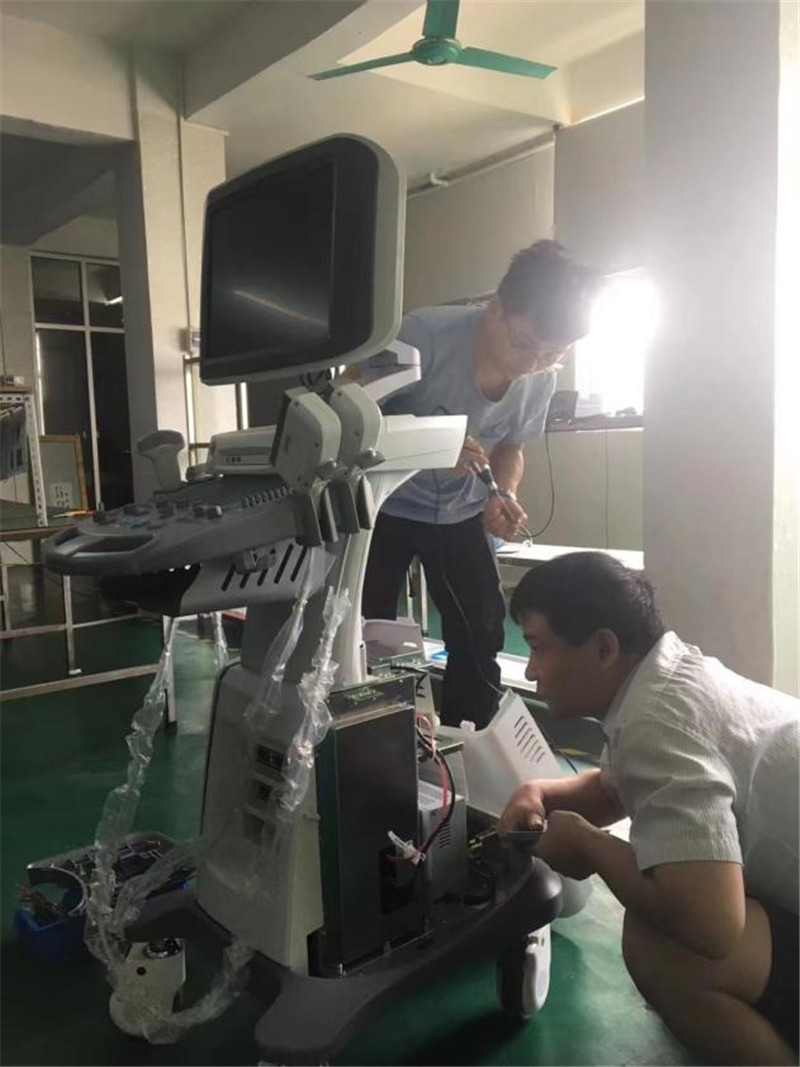1. Failure understanding
The understanding of the fault is to ask the instrument operator (or other maintenance personnel) to understand the situation before and when the fault occurs, such as whether the voltage is normal, whether there is an abnormal smell or sound, whether the fault occurred suddenly or gradually, and whether the fault is Sometimes there is no, the service life of the equipment and the use environment when the failure occurs, which components have been replaced or which places have been moved. In addition, through your own startup operation and observing the manifestation of the fault, it can provide a basis for analyzing the fault and improve the maintenance speed.
2. Failure analysis
Failure analysis is to analyze and judge the cause of the failure and the approximate circuit based on the failure phenomenon. This must have a prerequisite, which is to be familiar with the system composition and circuit working principle of the instrument, so as to be able to essentially analyze the possible circuit part caused by the fault, and quickly obtain it based on your own accumulated maintenance experience (or others). More accurate conclusions.

The B-ultrasound is generally composed of a transmitting pulse control and generating circuit, an ultrasonic signal receiving and processing circuit, a digital scanning conversion circuit, a digital image processing circuit, an ultrasonic probe part, and a monitor circuit. If you don't know the circuit diagram of the machine, you should also know some typical circuits of the B-ultrasound, and then analyze them according to their block diagrams, but this situation will take more time and effort to repair than drawing.
3. Troubleshooting
Troubleshooting is to analyze the problem, and after a certain test, reduce the scope of the failure and determine the specific location of the failure. The basic methods of fault inspection can be based on the four methods of "looking, smelling, asking, and cutting" in Chinese medicine. Hope: It is to check the components (circuit board) for scorching, discoloration, cracking, liquid flow, soldering, short circuit, and falling off with eyes. Is there any fire or smoke after power on? Smell: It is to smell if there is an abnormal smell with your nose. Question: It is to talk to the relevant personnel about the situation before and when the fault occurred. Cut: It is to check the measurement failure. The basic method for detecting faults is to be outside the machine first and then inside the machine; first the power supply and then the main circuit; first the circuit board and then the circuit unit.
4. Troubleshooting
Troubleshooting means that after checking the fault point, the fault must be eliminated, the failed components replaced, and the misaligned components adjusted. At this time, care must be taken not to damage the printed circuit board and cause short circuits between the components.
5. Tuning parameters
After the instrument is repaired, the repair work is not over yet. First, the circuit that may be affected by the failure should be checked to see if there is still a failure or hidden trouble. Secondly, the overhauled B-ultrasound must also perform index debugging and calibration, and adjust the instrument to a better working state as much as possible. At this time, the entire maintenance work is considered to be complete.
Post time: Feb-17-2023





